Introduction: Understanding the Battle Against Chin Creases
Have you noticed a line across your chin in the mirror? You’re not alone. Many people find these lines on their face. Chin creases are horizontal lines that form below your lower lip. They show up as we get older. These lines can make people feel less confident about their looks. Some people are fine with these aging signs. Others want to make them less visible. The good news is that many chin crease treatments can help smooth out these lines.
Summary
You can treat chin creases with both doctor’s office treatments and home care. Professional chin crease treatments include fillers, Botox, and lasers. Home care includes special skin products, face exercises, and drinking water. The best chin crease treatment plan fixes both the skin surface and the lost volume underneath. How well treatments work depends on how deep your lines are. You’ll get the best results when you combine doctor visits with daily skin care.
What Are Chin Creases and Why Do They Form?
Many people notice chin creases as they age but don’t understand where they come from. These lines develop due to a combination of aging, genetics, and lifestyle factors. Understanding what causes chin creases is the first step to finding the right chin crease treatment.
Chin creases are horizontal lines that form across your chin. They show up between your lower lip and chin tip. These lines can appear early. Some people get them in their 20s or 30s.
The Science Behind Chin Lines
Chin lines aren’t just skin deep. They form because of several things happening under your skin:
Aging Skin: As we age, our skin loses collagen and elastin. These proteins keep skin firm and stretchy. Without them, skin gets thin and forms lines more easily.
Lost Volume: Fat pads under our skin give our face a full look. These pads shrink as we age. This makes the skin sink in and creates lines.
Muscle Movement: The chin muscle moves when we talk, eat, or make faces. Over time, these movements create lines in the skin.
Bone Changes: Our jawbone slowly shrinks with age. This gives less support to the skin. The result is deeper chin lines.
Things That Make Chin Creases Worse
Some factors can make chin creases show up faster:
Sun Damage: Too much sun breaks down collagen in your skin.
Smoking: Cigarettes harm your skin and reduce blood flow.
How You Sleep: Pressing your face into a pillow can create lasting lines.
Family Traits: Your genes affect how your skin ages.
Weight Loss: Losing a lot of weight can leave skin loose and creased.
Professional Treatments: Doctor’s Office Solutions
For deeper chin creases, at-home treatments might not be enough to see significant improvement. Professional chin crease treatments performed by dermatologists and cosmetic surgeons offer more dramatic results. These medical approaches target the root causes of chin lines rather than just surface symptoms.
When chin creases really bother you, treatments at a doctor’s office work best. These chin crease treatments fix the root causes of chin lines.
Dermal Fillers: Adding Back Lost Volume
Fillers are a popular chin crease treatment that works without surgery. Many doctors recommend this as a first-line approach for moderate to deep creases.
How Fillers Help Your Chin: Doctors inject fillers like Juvederm and Restylane under the crease to add volume where it’s been lost. They support the skin from underneath. They help your body make more collagen. They smooth out lines right away.
The treatment takes about 15-30 minutes. You see results right away. Results last 6-18 months.
Dr. Sarah Chen says: “For chin creases, I use firmer fillers. They give good support but still allow normal movement. We want to soften the line, not freeze your face.”
Cost: $600-$900 per syringe. Most people need 1-2 syringes.
Botox: Relaxing the Chin Muscle
While fillers add volume, Botox works on the muscle that causes the crease.
How Botox Helps Your Chin: When injected into your chin muscle, Botox relaxes the muscle. It stops the pulling that makes the crease deeper. It lets the skin smooth out on its own. It lifts the lower face slightly.
Dr. Michael Roberts explains: “With Botox in the chin, less is more. We want to calm the muscle down, not freeze it. The goal is to retrain the muscle.”
The treatment takes about 10 minutes. Results show up in 5-7 days. They last 3-4 months.
Cost: $250-$450 per treatment.
Laser and Energy Treatments: Renewing Your Skin
Some treatments use energy to improve skin texture and reduce chin creases.
Laser Resurfacing: Fractional lasers make tiny wounds in your skin that trigger your body’s healing process. They make your body produce new collagen. They improve skin texture and tone. They slowly reduce the depth of chin lines.
Dr. Lisa Wong says: “Laser treatments help people with chin creases and loose skin. They fix multiple aging signs, not just the crease.”
Recovery takes 5-10 days. Your skin will be red and swollen. Results improve over 3-6 months.
Cost: $1,200-$2,500 per treatment.
Radiofrequency with Microneedles: This treatment combines tiny needles with heat energy. It works deeper in the skin. Treatments like Morpheus8 and Vivace send energy to exact depths in your skin. They tighten existing collagen. They stimulate new collagen growth. They make skin thicker and stronger.
Most people need 3 treatments, 4-6 weeks apart. Downtime is 1-2 days of mild redness.
Cost: $700-$1,200 per session.
Surgery: For Very Deep Chin Creases
When other treatments don’t work well enough, surgery might be an option.
Chin Implants and Face Lifts: Surgical options include chin implants to add structure. They include lower face lifts to reposition sagging skin. They include fat transfers to add volume with your own fat.
Dr. Roberts explains: “Surgery is for people with major chin issues or very loose skin. The benefit is that results last for years, not months.”
Recovery takes 1-2 weeks. You’ll have swelling and bruising. Results continue to improve for months.
Cost: $3,500-$7,000 depending on what you need.
At-Home Solutions: Daily Habits That Help
Not everyone can visit a doctor’s office for professional chin crease treatments. Fortunately, there are effective ways to address chin creases at home. A consistent skincare routine and lifestyle adjustments can make a significant difference in your chin crease treatment plan.
While doctor’s treatments work best, home care is also important. Good daily habits can help maintain the results of any chin crease treatment.
Skincare Ingredients That Really Work
Finding the right skincare products is an essential part of any chin crease treatment plan. These ingredients have been proven effective by research and clinical experience.
Some ingredients are proven to help with chin creases:
Retinoids – The Best for Wrinkles: Prescription retinoids and over-the-counter retinol speed up skin cell renewal. They help your skin make more collagen. They make skin thicker over time. They gradually soften chin lines.
Dr. Chen says: “Retinoids are the most proven ingredient for aging skin. Start with a low strength every other night.”
Products to try:
- Prescription: Tretinoin 0.025% – 0.05%
- Over-the-counter: SkinCeuticals 0.5% Retinol, Paula’s Choice 1% Retinol
Peptides – Collagen Builders: Peptides are like messengers that tell your skin to make collagen. They help protect existing collagen. They make skin firmer. They work well with other anti-aging products.
Products to try:
- The Ordinary “Buffet” Peptide Serum
- Revision Skincare DEJ Face Cream
Growth Factors – Advanced Skin Science: These special proteins help skin cells repair themselves. They boost collagen and elastin. They improve skin structure. They work better over time with regular use.
Products to try:
- SkinMedica TNS Advanced+ Serum
- Neocutis Bio Serum
Face Exercises: Working Out Your Chin
Simple exercises can help tone the muscles in your chin:
The Chin Press Exercise: Put your fingertips on your chin crease. Push gently upward. Push your lower lip forward at the same time. Hold for 5-10 seconds. Do this 10-15 times each day.
Facial yoga expert Danielle Collins says: “Face exercises help when done right. They strengthen muscles without causing more lines.”
Lifestyle Changes That Help Your Skin
Daily habits can affect how quickly chin creases form:
Sun Protection Tips:
- Use SPF 30+ sunscreen every day
- Put on more sunscreen every two hours outside
- Cover your chin with scarves in strong sun
Better Sleep Habits: Try to sleep on your back. Get a pillow that keeps your face off the surface. Use silk pillowcases to reduce skin creasing.
Water and Good Food Tips:
- Drink 8+ glasses of water daily
- Eat foods with vitamin C, zinc, and copper
- Try collagen or hyaluronic acid supplements
Combination Approaches: Creating Your Personal Plan
Most skin experts agree that combining different treatments yields the best results for chin creases. A multi-pronged approach addresses all aspects of the problem – from volume loss to muscle activity to skin quality. Finding the right combination for your specific situation is key to success.
For most people, using more than one treatment works best. Combine office treatments with home care.
Using Multiple Treatments Together
Skin doctors often suggest a mix of treatments:
Add Volume First: Start with fillers to smooth the crease right away.
Relax the Muscle: Add Botox to stop the muscle from pulling.
Improve Skin: Use lasers or RF treatments to improve texture.
Daily Care: Follow up with good skincare and habits at home.
Dr. Wong explains: “Using multiple methods gives the most natural results. We fix volume loss, muscle issues, and skin quality all at once.”
When Will You See Results?
Different treatments work on different timelines:
Right Away: Fillers give instant results.
1-2 Weeks: Botox fully kicks in and lifts the area.
1-3 Months: Lasers and RF treatments start showing results.
6+ Months: Home care and maintenance create lasting change.
Who Should Get Chin Crease Treatments?
Chin crease treatments aren’t one-size-fits-all solutions. What works best depends on many personal factors like age, skin type, and the depth of your creases. A personalized approach ensures you get the most effective treatment for your specific situation.
Not everyone needs the same treatments. Your doctor will look at:
What Your Doctor Considers
Doctors check several things:
How Deep Are Your Lines: Shallow lines need less treatment.
Your Skin Type: Thin skin needs gentler care.
Your Age: Younger people need prevention, older need more fixing.
Past Treatments: How your skin reacted to treatments before.
When to Start Treatment
Many doctors suggest starting early:
Dr. Chen notes: “I see patients in their late 20s being proactive. Early Botox and good skincare can prevent deep lines. This means less work later.”
Common Questions About Chin Crease Treatments
Do Treatments Hurt?
Pain levels differ for each person, but most treatments don’t hurt much:
Injections: Feel like a small pinch. Many have numbing medicine.
Laser Treatments: Feel warm to hot. Numbing cream helps.
Skincare: Retinoids may cause some tingling at first.
How Long Do Results Last?
Results last different amounts of time:
Fillers: 6-18 months based on product and your body.
Botox: 3-4 months, maybe longer with regular use.
Laser/RF: 6-24 months with good skincare.
Surgery: 5+ years, but aging still happens.
What Side Effects Might Happen?
Each treatment has possible side effects:
Injections: Some swelling, bruising, rarely lumps.
Lasers/RF: Redness, mild swelling, sometimes dark spots.
Skincare: Irritation, dryness, sun sensitivity.
Surgery: Risks of surgery plus possible scars.
Conclusion: Your Path to a Smoother Chin
Chin creases don’t have to be permanent. Many treatments can help reduce them. Options range from doctor visits to home care.
The best plan includes:
- Seeing a qualified doctor to assess your chin crease
- Creating a custom plan for both now and later
- Sticking with daily skincare and good habits
- Updating your plan as your skin changes
Small improvements over time look more natural than big changes all at once. The goal isn’t to erase all aging signs. It’s to refresh your look while keeping your unique features.
With both doctor treatments and home care, you can reduce chin creases. This helps boost confidence and lets your expressions shine.
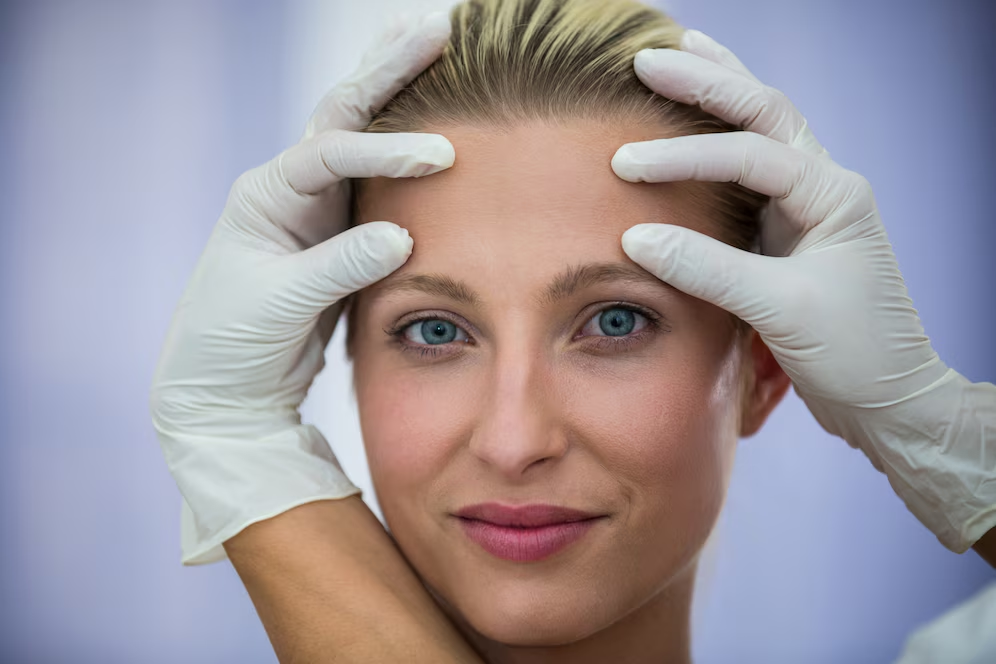


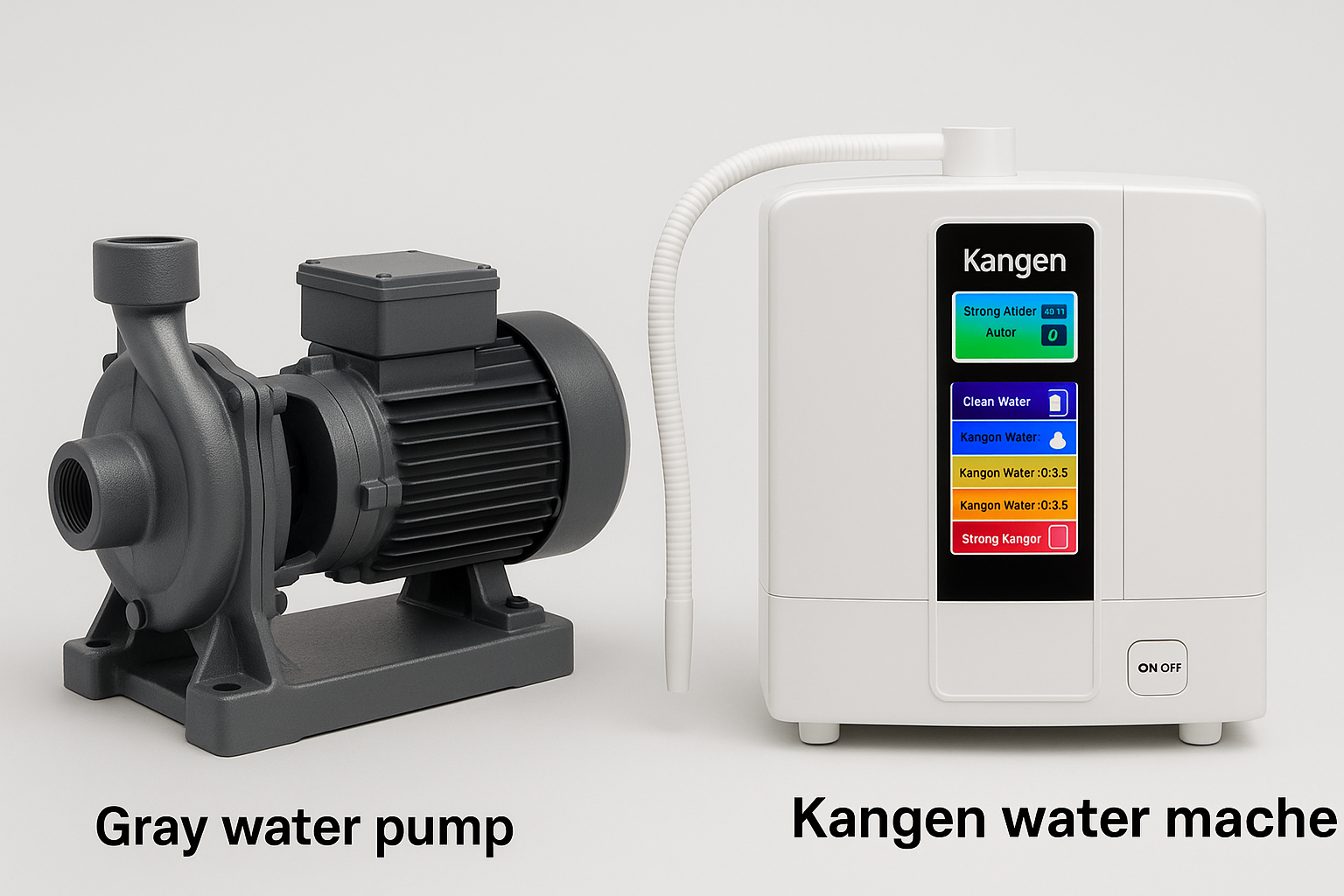




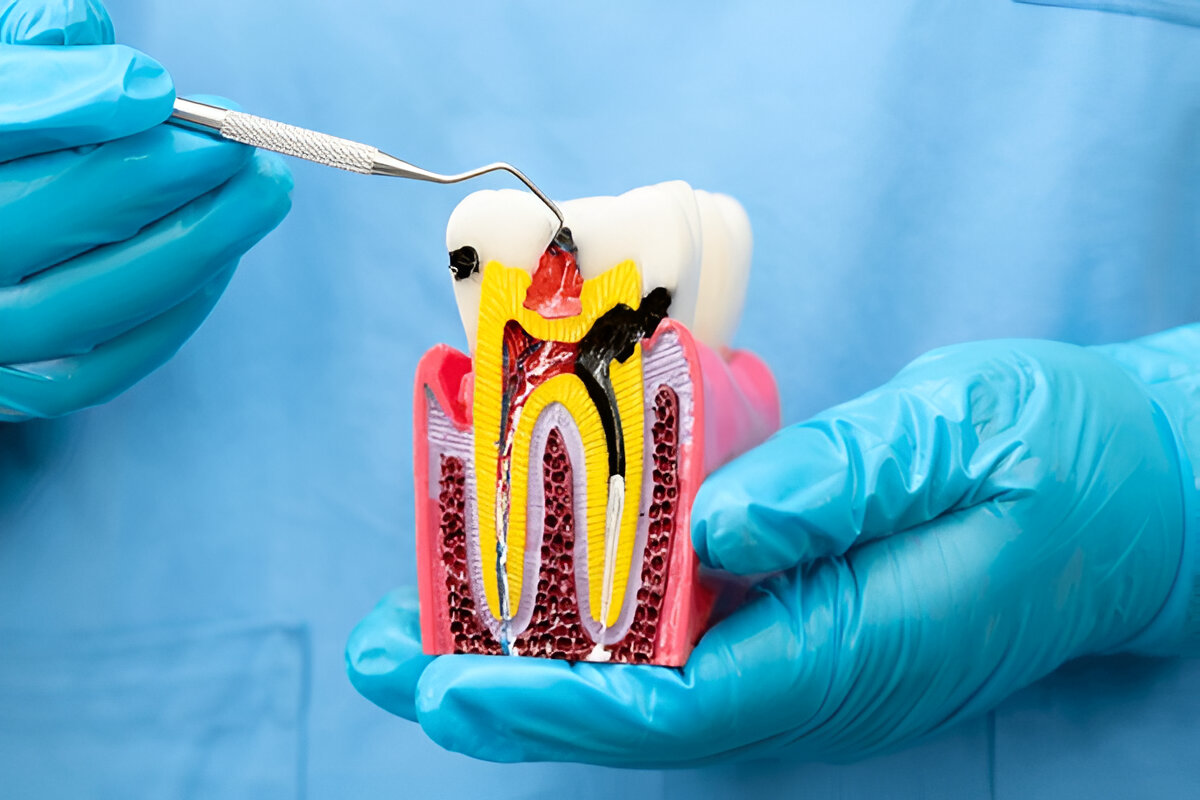
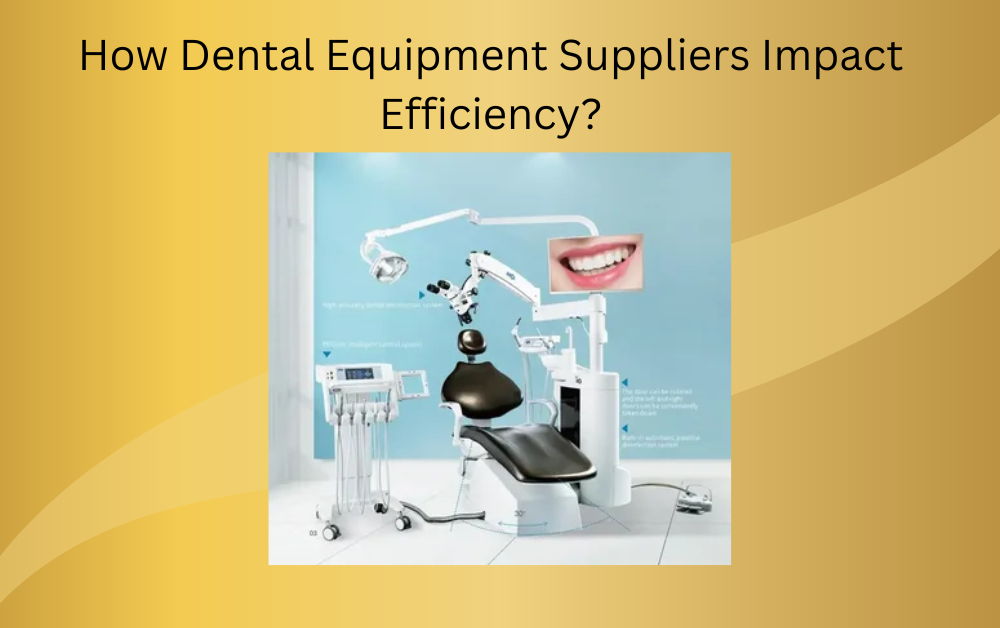




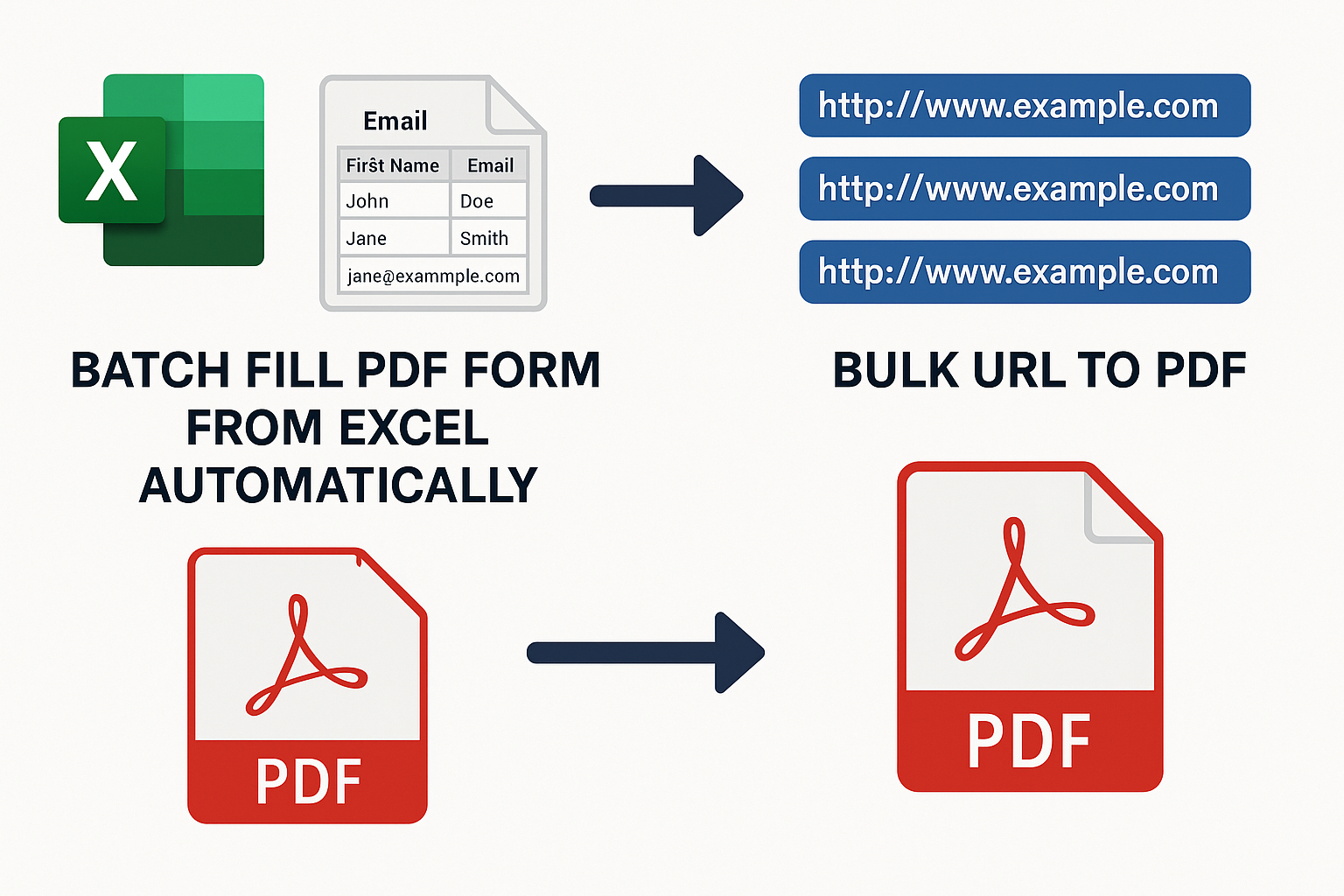
Leave a Reply